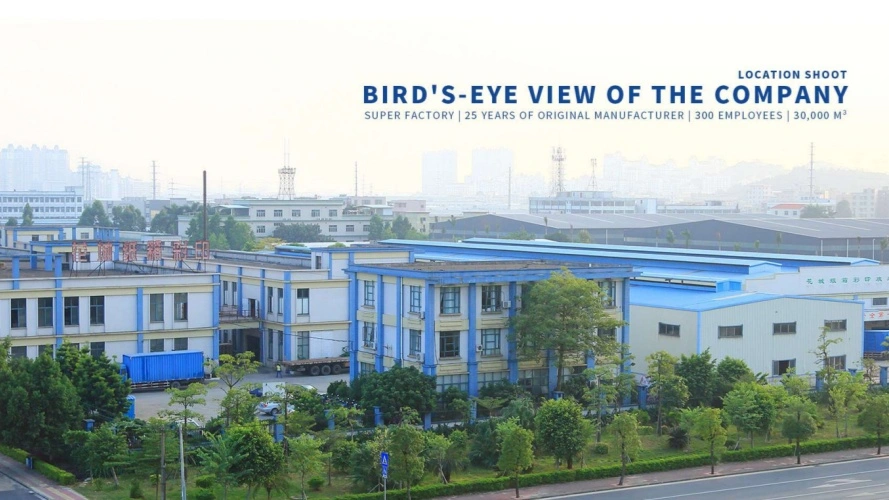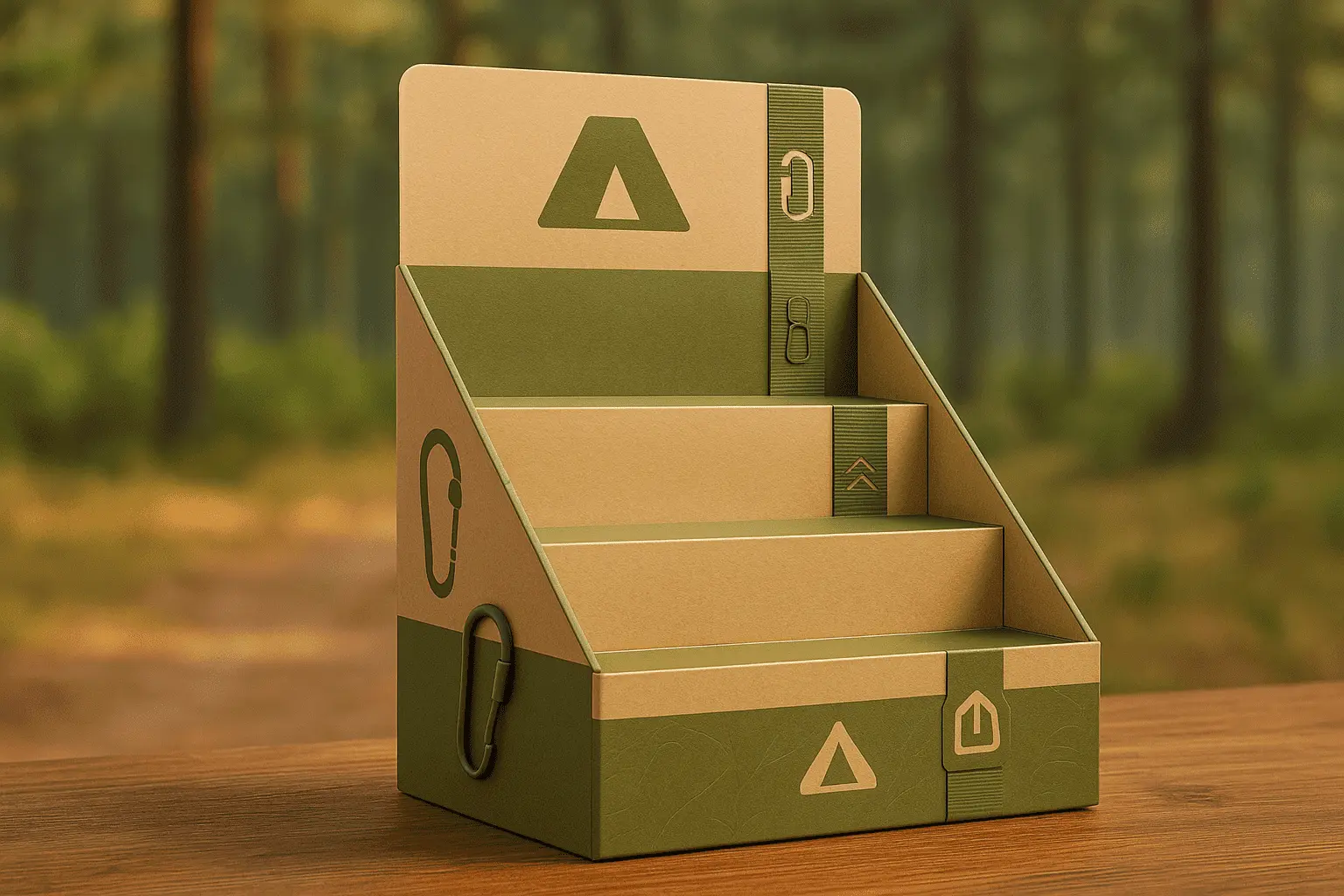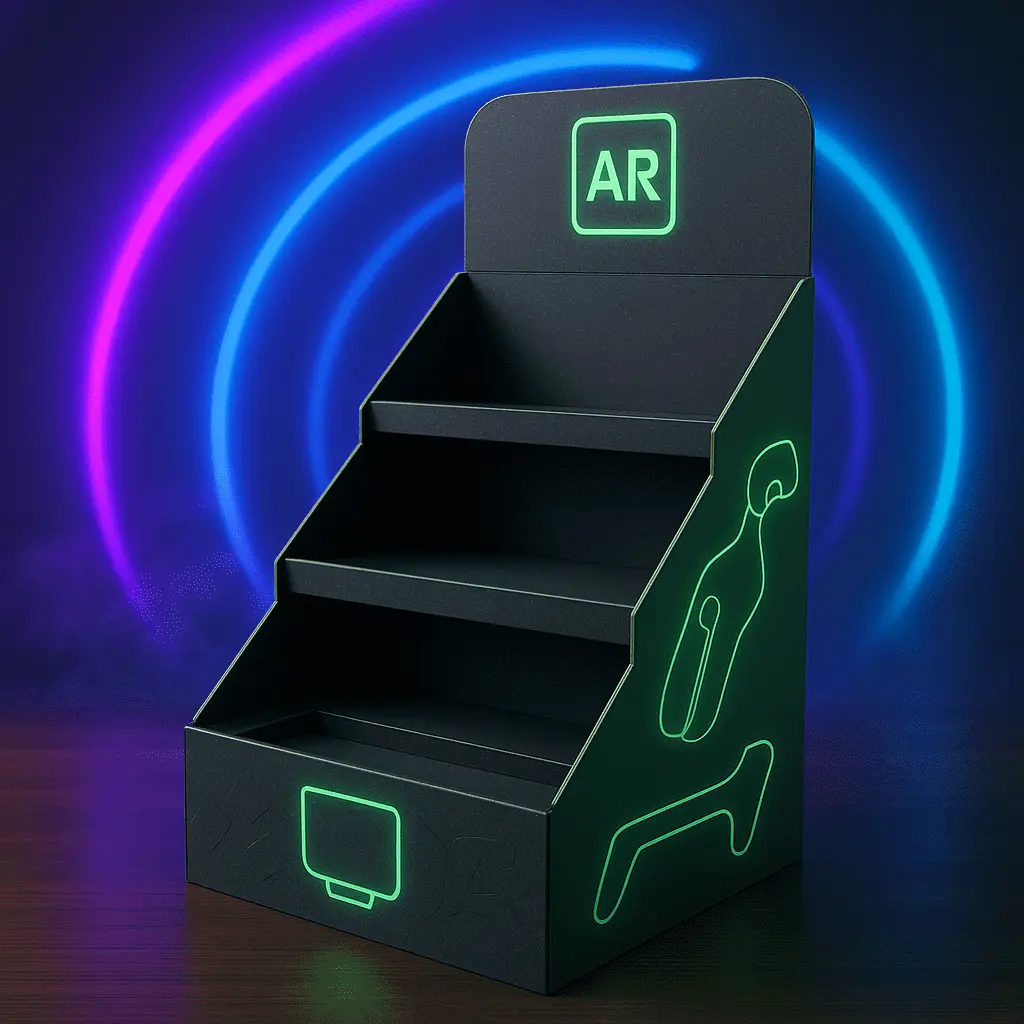PDQ Display: The Smart Solution for In-Store Promotion
In the fast-paced world of retail, capturing customers' attention and driving sales are paramount. Enter the PDQ display - a dynamic and versatile solution that's revolutionizing in-store promotions. Short for "Pretty Darn Quick," PDQ displays offer a smart, efficient way to showcase products and boost impulse purchases. These eye-catching units combine attractive design with practical functionality, making them an invaluable tool for retailers and brands alike. By strategically placing PDQ displays throughout a store, businesses can create engaging product presentations that not only catch the eye but also simplify the shopping experience. From seasonal promotions to new product launches, PDQ displays provide a flexible and cost-effective means to elevate your in-store marketing efforts and drive sales growth.

The Power of PDQ Displays in Retail Environments
Enhancing Product Visibility and Accessibility
PDQ displays excel at putting products front and center, increasing their visibility in crowded retail spaces. These compact units can be strategically placed in high-traffic areas, end caps, or near checkout counters, ensuring maximum exposure to potential customers. The open design of PDQ displays allows for easy product access, encouraging shoppers to pick up and examine items, which often leads to increased sales. By bringing products out of traditional shelving and into the open, PDQ displays create a more interactive and engaging shopping experience.
Boosting Impulse Purchases
One of the most significant advantages of PDQ displays is their ability to drive impulse purchases. These eye-catching units serve as silent salespeople, drawing attention to products that customers may not have originally intended to buy. The strategic placement and attractive presentation of items in PDQ displays can trigger spontaneous buying decisions, particularly for smaller, lower-cost items. Retailers can leverage this behavior by carefully selecting products and promotions to feature in PDQ displays, ultimately increasing average transaction values and overall sales.
Facilitating Seasonal and Promotional Campaigns
PDQ displays offer unparalleled flexibility for seasonal merchandising and promotional campaigns. Their modular nature allows for quick and easy setup, making them ideal for short-term promotions or holiday-themed displays. Retailers can swiftly adapt to changing consumer trends or capitalize on timely events by updating PDQ displays with minimal effort. This agility enables businesses to keep their in-store environments fresh and exciting, encouraging repeat visits and fostering customer loyalty.
Designing Effective PDQ Displays for Maximum Impact
Optimizing Layout and Product Arrangement
The success of a PDQ display hinges on its layout and product arrangement. An effective design considers factors such as product size, shape, and variety to create an visually appealing and functional display. Utilizing tiered shelving or stepped configurations can improve product visibility and accessibility. It's crucial to strike a balance between showcasing a variety of items and maintaining a clean, uncluttered appearance. Grouping complementary products together can also encourage multiple purchases and increase the average transaction value.
Incorporating Brand Elements and Graphics
PDQ displays offer an excellent opportunity to reinforce brand identity and messaging. Incorporating brand colors, logos, and graphics into the display design helps create a cohesive and recognizable presence in-store. High-quality printing and finishing techniques can elevate the overall look of the display, making it more attractive to shoppers. Additionally, integrating product information, usage suggestions, or promotional messaging directly onto the display can provide valuable context and encourage purchases.
Ensuring Durability and Ease of Maintenance
While aesthetics are important, the practicality of PDQ displays should not be overlooked. Choosing durable materials that can withstand the rigors of a retail environment is essential for maintaining a professional appearance over time. Corrugated cardboard, rigid plastic, or even metal constructions can be used depending on the intended lifespan and budget of the display. Additionally, considering ease of assembly, restocking, and cleaning when designing PDQ displays can significantly reduce the time and effort required for maintenance, ensuring that the units remain attractive and functional throughout their use.
Maximizing ROI with Strategic PDQ Display Implementation
Analyzing Store Layout and Traffic Patterns
To maximize the effectiveness of PDQ displays, it's crucial to analyze store layouts and customer traffic patterns. Placing displays in high-visibility areas, such as near entrances, along main aisles, or at intersection points, can significantly increase product exposure. Understanding the typical customer journey through the store allows retailers to position PDQ displays strategically, intercepting shoppers at key decision-making moments. Additionally, considering the proximity to complementary products or departments can create synergies that boost overall sales.
Implementing A/B Testing and Performance Tracking
Continuous improvement is key to maximizing the return on investment for PDQ displays. Implementing A/B testing by comparing different display designs, product selections, or placements can provide valuable insights into what resonates best with customers. Utilizing modern retail analytics tools, such as foot traffic sensors or point-of-sale data, allows for accurate tracking of a display's performance. This data-driven approach enables retailers to refine their PDQ display strategies over time, optimizing for maximum sales impact and efficiency.
Integrating PDQ Displays with Omnichannel Marketing Efforts
While PDQ displays are primarily an in-store promotional tool, their effectiveness can be amplified by integrating them with broader omnichannel marketing efforts. Coordinating the products and messaging featured in PDQ displays with online promotions, social media campaigns, or mobile app notifications creates a cohesive customer experience across all touchpoints. This integrated approach not only reinforces brand messaging but also can drive foot traffic to specific in-store displays, further boosting their impact on sales and customer engagement.
Conclusion
PDQ displays have emerged as a powerful tool in the retail arsenal, offering a smart solution for in-store promotion that combines visual appeal with practical functionality. By enhancing product visibility, driving impulse purchases, and providing flexibility for seasonal campaigns, these displays can significantly impact a retailer's bottom line. Through strategic design, careful implementation, and continuous optimization, businesses can leverage PDQ displays to create engaging shopping experiences that resonate with customers and drive sales growth. As the retail landscape continues to evolve, PDQ displays remain a versatile and effective means of capturing attention and converting browsing into buying in the physical store environment.
Contact Us
Ready to elevate your in-store promotions with custom PDQ displays? Contact us at support@fetchingprinting.com to explore tailored solutions that fit your brand and boost your sales today! Whether you need unique sizes, eco-friendly materials, or eye-catching graphics, our custom displays are designed to highlight your products and enhance your retail presence.
References
1. Smith, J. (2022). The Impact of In-Store Displays on Retail Performance. Journal of Retail Marketing, 35(2), 112-128.
2. Johnson, A. & Williams, B. (2021). Optimizing Product Placement: A Study of PDQ Display Effectiveness. International Journal of Retail & Distribution Management, 49(3), 301-315.
3. Brown, C. (2023). The Psychology of Impulse Purchases in Retail Environments. Consumer Behavior Quarterly, 18(1), 45-60.
4. Lee, S. & Park, H. (2022). Integrating Digital and Physical Retail: Strategies for Omnichannel Success. Retail Innovation Review, 7(4), 189-204.
5. Garcia, M. (2021). Sustainable Materials in Retail Displays: Balancing Aesthetics and Environmental Responsibility. Journal of Green Retailing, 12(2), 78-93.
6. Thompson, R. (2023). Data-Driven Decision Making in Retail: Leveraging Analytics for Display Optimization. Retail Technology Insights, 9(3), 156-171.




